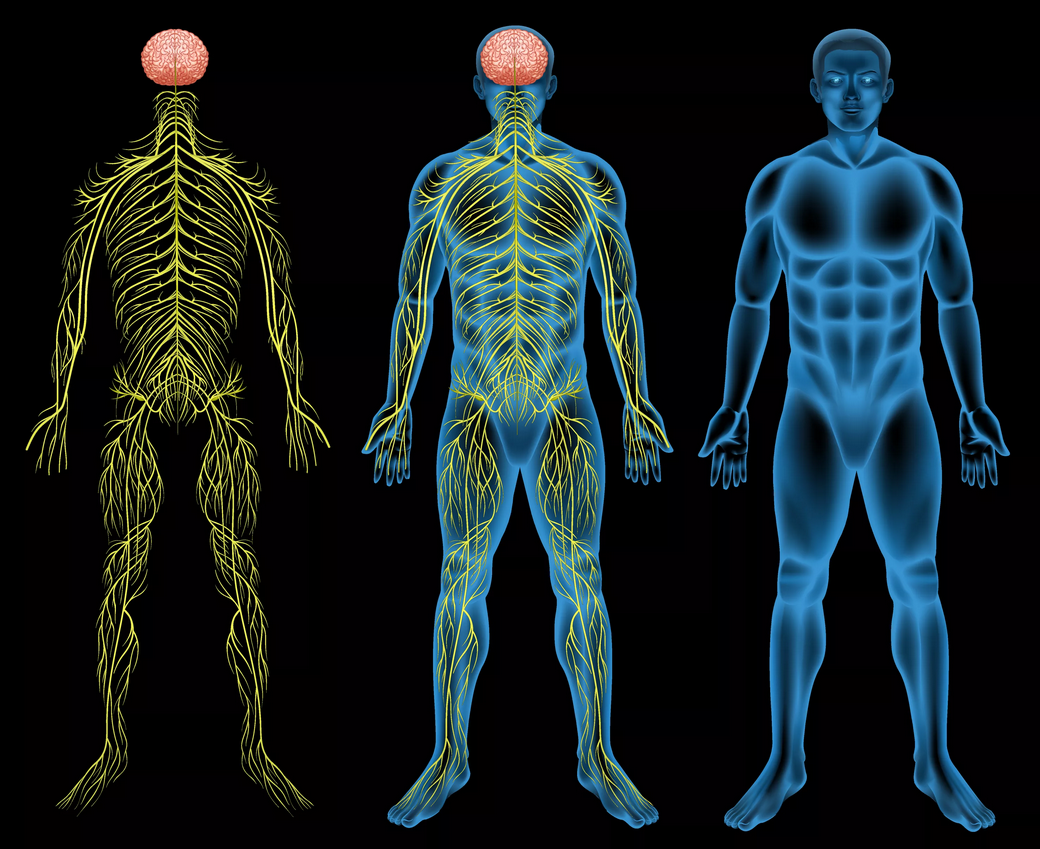
When defining deception, we pay great attention to a person's non-verbal behavior - emotions, gestures, position of the body in space, and of course we pay attention to changes in the functioning of the body upon presentation of a particular stimulus. In previous articles, we have repeatedly touched upon the signs of lies that we can observe due to the work of the autonomic nervous system and even described what exactly this system is responsible for. In this article, we will not greatly touch upon the signs of lie detection, here we will analyze in more detail the human nervous system, in order to have a more complete understanding of why the autonomic nervous system is so necessary for us in the process of lie detection.
The work of the autonomic nervous system is very important in lie detection, both non-instrumental and instrumental (using a polygraph). During a polygraph test, we can observe the slightest changes in the work of the body, even such changes that the person himself cannot feel. Of course, in non-instrumental lie detection, we cannot keep track of the slightest changes, since we rely only on what we can observe visually and on our own hearing, but, nevertheless, we can still observe many changes in the work of the body. And these observations are very useful for subsequent conclusions.
In order to understand why the work of the autonomic nervous system is so important to us and what it is responsible for, let's analyze the human nervous system as a whole in a little more detail, but I would like to say right away that we will not go into all the details and details, we have no goal understand all the nuances of the nervous system. It is important to understand the basic principles of the nervous system.
So, the human nervous system is divided into central and peripheral. The central nervous system, in turn, includes the brain and spinal cord. The peripheral includes the somatic and autonomic nervous systems. We are most interested in the autonomic nervous system, it has three kinds of effects on all organs: functional (acceleration or deceleration), trophic (metabolism) and vasomotor (humoral regulation and homeostasis). The autonomic nervous system consists of two divisions: the sympathetic and the parasympathetic.
Now let's take a closer look at the autonomic nervous system. The main difference between the two divisions of the autonomic system is that the sympathetic nervous system tends to be activated as a unit, causing reactions throughout the body. It is activated in a characteristic way under conditions of fear, attack or flight, as well as during intense physical activity. The emerging symptoms are well known to all: dilated pupils, dry mouth, pounding heart, sweating, intense feelings. In contrast to the sympathetic, the parasympathetic nervous system is more selective in its activity.
Now let's look at the peculiarities of the sympathetic and parasympathetic nervous systems, and what they are responsible for. The sympathetic nervous system predominates during the daytime, from about 9 am to 6 pm. It is responsible for arousal of the body and acts during wakefulness. She is responsible for catabolism - the burning of nutrients in cells, with the participation of adrenaline. Under stress, all processes of the sympathetic nervous system are accelerated: there is an increase in the frequency and strength of heart contractions; an increase in the frequency and volume of breathing (expansion of the bronchi); activation of sweat glands to cool the body. Now let's move on to the parasympathetic. It prevails after 6/20 pm and until about 9 am. She is responsible for calming the body, acts during sleep and rest. Responsible for anabolism - the accumulation of nutrients. Under stress, it acts pointwise, as a fuse: there is a decrease in the frequency and strength of heart contractions; with a decrease in adrenaline in the blood, the salivary glands begin to secrete an enzyme - dry mouth disappears.
